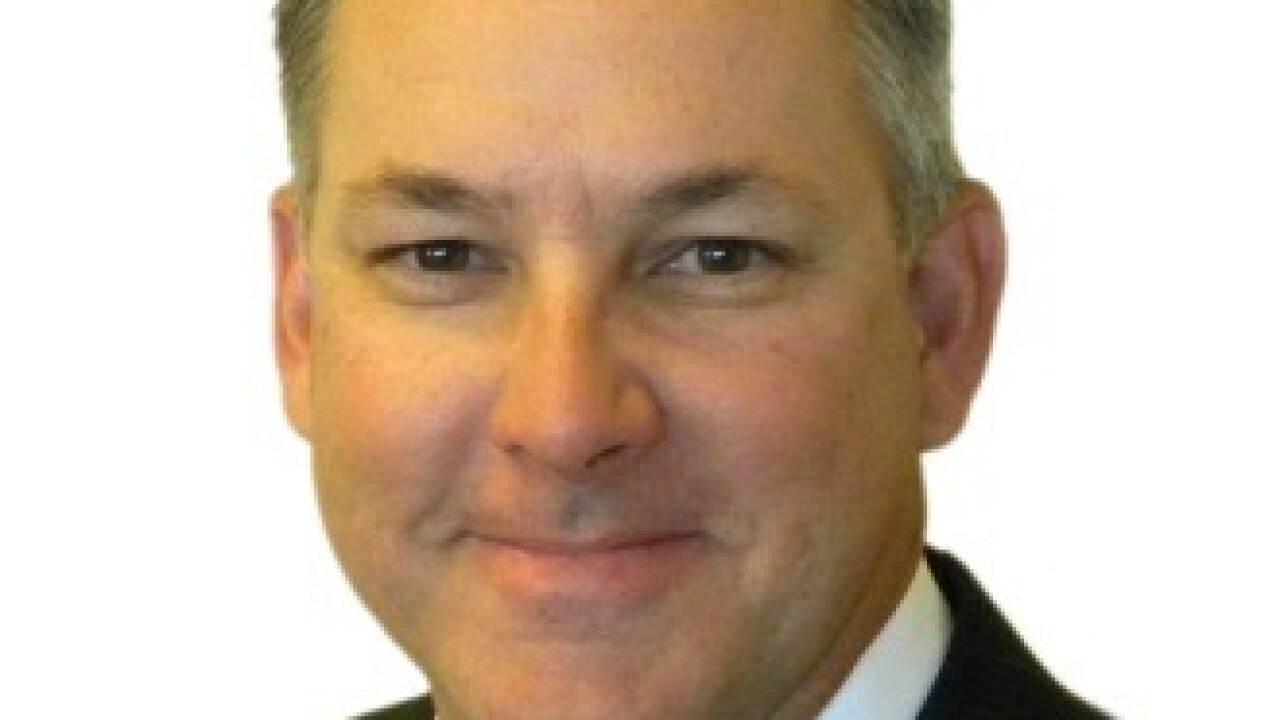A reverse mortgage is so named because the direction of its cash flow is in the reverse order of a regular mortgage. For a regular mortgage, the lender makes the loan to a borrower at an interest rate and a maturity term and expects the borrower to repay the loan through monthly mortgage payments. By contrast, for a reverse mortgage, the lender makes a loan to an elderly home owner at an interest rate but does not expect the loan to be repaid until the borrower has either died, moved out of the house permanently (mostly for health reasons to a nursing home), or sold the house. During the period when the mortgage is outstanding, the borrower has no monthly-payment obligation. In fact, depending on the design of the reverse mortgage, during the mortgage's outstanding period the lender may actually make a monthly payment to the borrower.
The design of reverse mortgages recognizes two fundamental facts. First, borrowers of reverse mortgages are elderly home owners who are free and clear of regular mortgages. Their home equity is essentially the market value of their houses. Second, having lived in their houses for a long period of time, elderly home owners are physically and sentimentally reluctant to sell and move out of their houses. Consequently, cashing in the equity by selling their houses is not as readily an option to them as to younger home owners. Through reverse mortgages, elderly home owners can tap into their home equity without having to sell and move out of their houses.
Future Demand for Reverse Mortgages
Reverse mortgages have been originated since the mid-1980s, although they have become more visible in the mortgage market only in recent years. The FHA in 1988 initiated a Home Equity Conversion Mortgage demonstration program to foster the origination of reverse mortgage through federal insurance. To provide a secondary market for reverse mortgages, Fannie Mae in 1989 began to purchase HECMs. More significant, in 1995 Fannie Mae commenced a program to purchase its own designed reverse mortgages, termed "Home Keeper Mortgages" (see Money from Home, Fannie Mae, 1997). With the steady growth of elderly households and the concerted effort of the market leaders to educate lenders and borrowers, reverse mortgages are expected to be substantially more popular in the next decade. The rapid house price appreciation over the past 20 years will provide a tremendous home equity base to ensure a wider acceptance of reverse mortgages among both lenders and borrowers.
The rising interest in reverse mortgages in recent years can be explained clearly by the nation's growing elderly householders (head of households) age 65 years old and over. In 1980, there were 10.1 million householders aged 65 and 74, and 6.4 million householders aged 75 and over. Ten years later, in 1990, the number of 65-74 householders increased by 1.6 million to 11.7 million. More significantly, the number of 75-and-over householders jumped in 10 years by 2 million to 8.4 million. While between 1990 and present the number of 65-74 householders have edged down slightly, the 75-and-over householders have grown by another 2 million to 10.7 million. All told, over the past two decades, 1980 to present, the number of householders over age 65 has grown by 5.6 million to 22.1 million. This significant growth has created the potential for a sizeable demographic demand for reverse mortgages.
Over the next ten years, the U.S. Bureau of the Census projects that 65 and older householders will increase by 3 million to 25.1 million. While some of this huge population will have accumulated enough wealth to enjoy their retirement without resorting to any mortgage finance for supplemental income, many would need some type of retirement financing. As lenders and borrowers become more comfortable with the concept through increased education and marketing efforts, demand for reverse mortgages will strengthen.
The potential demand for reverse mortgages, of course, has to be supported by the availability of home equity. Over the past 30 years, the housing market has been robust, reflecting the post-war baby boomers' strong demand for housing. Housing prices have appreciated just under 6.5% annually over this 30-year period, and they have created a tremendous amount of home equity, particular for the elderly home owners.
It is estimated that presently all home owners have an aggregated home equity over $5 trillion. The Board of Governors of the Federal Reserve System reported in Flow of Funds that, at the end of 1998, single-family home-mortgage debt amounted to a little over $4 trillion. Since the market value of houses backing these mortgages is estimated at $9.4 trillion (multiplying the estimated 67 million houses in 1998 with an estimated average sales price of $140,000), total home equity at year-end 1998 is approximated at $5.4 trillion ($9.4 trillion minus $4 trillion).
Of this sizeable aggregated home equity, at least one-third, or $1.8 trillion, belongs to elderly home owners. The Census Bureau reported that in 1997 elderly householders aged 65 and older had a home ownership rate of 79%. Given this rate, one can estimate that there are presently 17.5 million 65-and-over householders (22.1 million x 79%) who are home owners. Again, according to the Census Bureau, there were 24.5 million home owners in 1995 (the latest data available) who were free and clear of mortgages. Out of these free-and-clear home owners, 55%, or 13.5 million, were 65 years old or older. Since elderly home owners are supposed to have accumulated far more equity in their houses than their younger counterparts, their equity should represent the bulk of the $5.4 trillion equity estimated for all home owners. Taking only one-third of this aggregated equity, the elderly home owners would have potentially accumulated $1.8 trillion equity in their houses. This strong demographic force, coupled with the huge home equity ready to be tapped, forms a powerful base to generate a strong demand for reverse mortgages in the forthcoming decade.
Depending on how the lender disburses the cash to the borrower, a reverse mortgage can be of five different types: tenure, term, line-of-credit, a modified tenure that combines features of term and line-of-credit, and a modified term that also combines features of both.
Tenure Reverse Mortgages
A tenure reverse mortgage has no predetermined maturity term. It matures only when the borrower either dies, permanently moves out of the house that secures the mortgage, or sells the house. The amount of the monthly payment is determined by three factors: the current market value of the house, the expected annual appreciation of the house, and the life expectancy of the borrower. The calculation of the monthly payment works just like a regular mortgage, except that the payment is made in a reversed direction-from the lender to the borrower. The outstanding loan amount accrues at a fixed or adjustable interest rate throughout the tenure of the mortgage.
An important design element of a tenure mortgage is to ensure that the accrued principal at the point of repayment will not exceed the net market value of the house (excluding all legal and sales expenses). This is necessary because if the accrued loan amount turns out to be in excess of the net market value of the house, the lender can only recoup the loan up to the net market value. In this instance, the lender will earn a return on the mortgage at a rate less than the contractual mortgage rate. Conversely, if the net market value is greater than the accrued loan amount, the lender can fully recoup the loan at the accrued amount. The excess of the net market value over the accrued loan amount belongs to the borrower or the borrower's estate.
From the design of a tenure mortgage, it should be clear that given the mortgage rate and the market value of the house, the monthly payment will be larger for an older borrower. This is because an older borrower is expected actuarially to repay the mortgage sooner. From an amortization point of view, the sooner the mortgage is expected to repay, the shorter the interest accrual period will be and consequently the larger the monthly payment.





